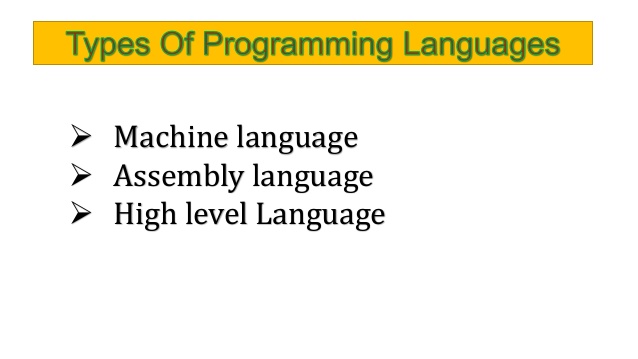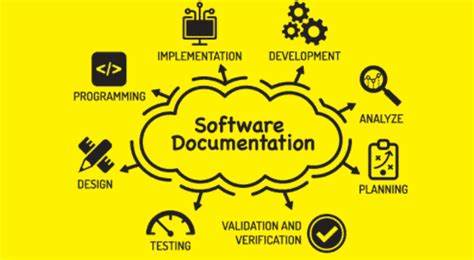The Art of Switching Languages
Switching Languages

Starting off as a new programmer and learning your first language is arguably the hardest part of becoming a programmer. But there will come a time where you’ll need to learn a different language and with all these different options of languages how will you know which one to choose? Once you get past learning your first language learning others will be easy but finding out which one to learn can be the difficult part, here’s a few steps to help you along the way.
Identify the language
The first step in switching a language is first finding the language you want to switch to. As easy as this sounds, this is one of the most critical steps of switching a language. You may be thinking that identifying a language is as simple as stating, “I wanna learn Python now.” but there’s way more to it then that. Identifying a language involves researching that language, finding out what type of language it is, and what job it’s best at doing. There’s no such thing as there being a language that’s best for everything. Languages are chosen based on their effectiveness in a concept of programming. By first identifying what language you want to switch, first ask yourself, what are you trying to accomplish? Then do some research in programming languages for that field.
Types of programming languages
The first step of identifying the language is finding out what type of language it is. There’s 3 main types of languages out there: machine, assembly, and high-level. By identifying the type of the language you chose, you can better scope your range of languages to choose from. If your goal isn’t to mess around with the machine, for instance, then you wouldn’t want to choose a language that’s built for that.

Programming Paradigms
The second step is taking a look at that language’s paradigm. What is a paradigm? A paradigm is a classification on programming languages based on their features. A programming language can have multiple paradigms or just one. A language with multiple paradigms is referred to as a multi-paradigm language. Here’s a list of paradigms a language could be, below.
Programming Paradigms
- Functional
- Logical
- Mathematical
- Modular
- Object-Oriented
- Procedural
When choosing a programming paradigm I like to choose the paradigm I’m most comfortable with. For instance, for me I prefer languages that contain the functional or object-oriented paradigms. There are other strategies to picking out the paradigm that best sit your situation, but for I me I prefer to choose the language that has the paradigm I’m most fluent in.
How to use that language
Now that you’ve identified what language you want to code your goal in. The next step is figuring out how to actually code in that language. When I first started migrating languages I had a revelation. Now to others, this may seem extremely evident, but for me it was my first time ever looking outside the box. You see programming languages are just that, languages. When you look at programming languages the same way as human, verbal languages, how would you go about learning a new language? See if your first language was English, then to learn Spanish, it’d be fairly simple. You already know what to say, you just need to learn how to say it.
Verbal languages are more complex when it comes to learning a new one but with programming languages this is very simple. And with the help of a certain tool, documentation, this could become even more simple. Since you already know how to do something, you just need to know how to say it, syntactically, the syntax on how to do it in this new language. The documentation could be really useful now. Just simply search what you to do, and you’ll get the syntax on how to do it from the documentation.
